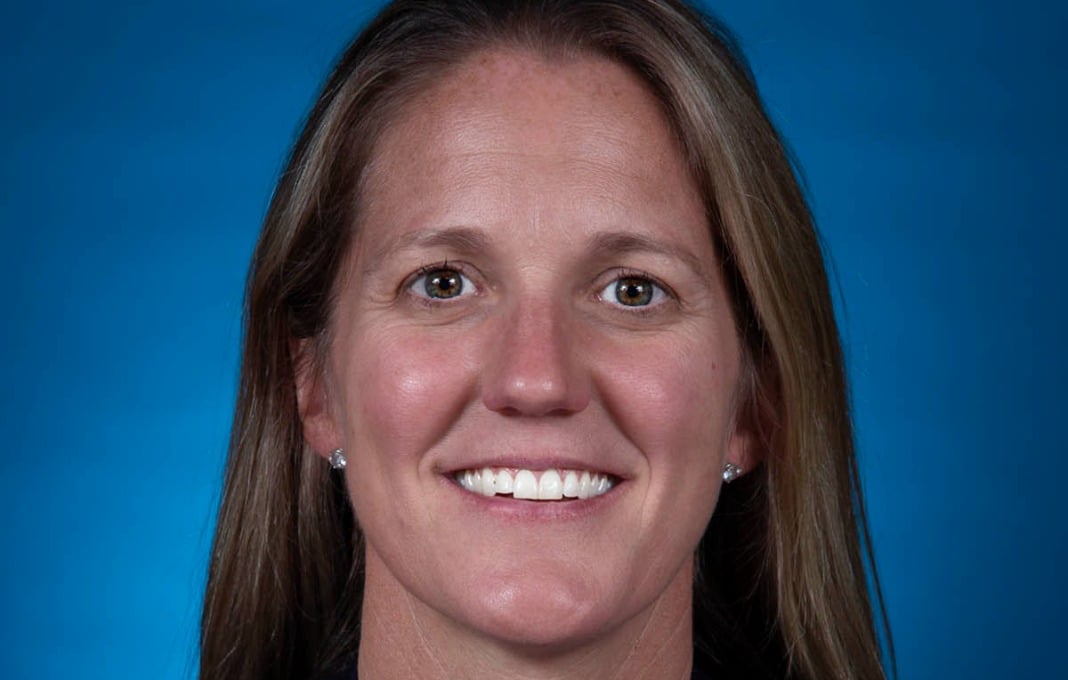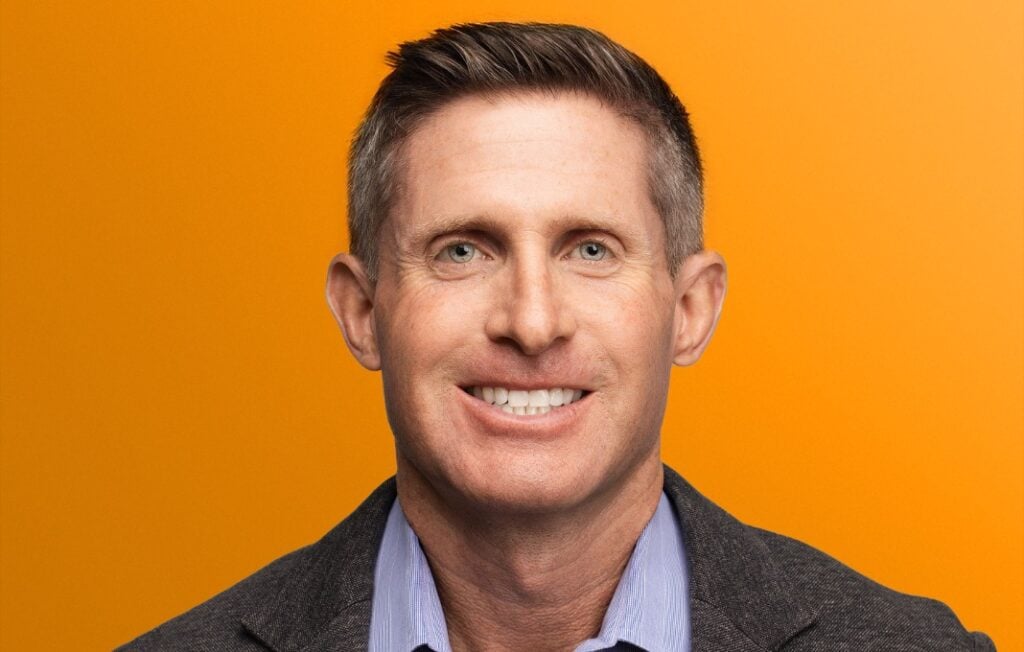Courtney Banghart knows what it takes to lead a winning team. As the head coach for UNC women’s basketball, the fourth head coach in women’s basketball program history, she’s led her team to the NCAA Tournament in 13 of the past 15 tournaments.
While a powerhouse on the court, her wisdom doesn’t end there. “I think if it was just the X’s and O’s of basketball, which is what I really love, I think I would’ve been bored by now,” she says. Banghart spoke at the most recent Women in Leadership masterclass, “Leading Dynamic Teams,” (the next session, “Building Influence,” is on September 9. Join us!) to share what lessons she’s learned over the years as a winning coach, what it takes to adapt leadership styles to meet evolving team needs and how to transform a group of individuals into a true, cohesive team.
Banghart earned her undergraduate degree in neuroscience, and a master’s in writing leadership development. When she was offered the head coach position for the Princeton women’s basketball team when she was only 29 years old, she faced a monumental decision. “I learned that moment that I’m actually driven by the fear of regret, not by the fear of failure,” she says. “I can definitely be a woman in the sciences and be in the lab, right? But I don’t want to regret that. Sports are just where my passion lies.”
That passion for sports is inherently entwined with a passion for leadership. Just like on the court, “in business, people are giving you their time. They’ve chosen you… And leaders get to… we get to lead by example, we get to be forward thinking,” says Banghart. It’s all about “the showing up every day, the getting to make an impact and be impacted… We’re all navigating an ecosystem of profit margins and wins and people and egos.”
Anyone can learn something from Banghart’s leadership and team-building philosophies. They ultimately come down to these key cornerstones:
Start with the right people.
Just because you’ve got the numbers, doesn’t mean you have a team. You need the right people, working together. Banghart recognizes these people decisions as the most important—and a process that for her starts again every year, as her most experienced players graduate, and she recruits new ones.
“For me, hiring smart people that can figure it out [is important],” she says. “Their EQ is often underrated and maybe a resume is overrated.” Beyond the individual, it’s how they come together as a whole. “Hiring people that cover your holes, either from a skill set perspective or maybe a personality perspective.” That means leaders too. “We’re going to be leading as a group of people from all different types and personalities and backgrounds. So the more we can reflect that in our leadership the better.”
When it comes to aligning new teams to a shared culture, it’s really about keeping it simple. “We start by really defining roles with clarity. And we talk about our value, which is we are going to out-tough and out-team everyone we play.” No convoluted mission statements. If it’s not promoting teamwork, if it’s not promoting toughness, it’s out.
Live your own standards.
We all have expectations for how our team members work, and work together, and for Banghart, the best way to teach it is to show it. “That there’s not one way to do things, that we have to find our new norms annually,” she says. “We all are responsible for how we show up every day. Every one of us is going to affect the whole, even if our roles are really different.”
It’s not up to leadership alone to live by values; every member of the team is responsible in their own way. “Not everybody’s the same in an organization. Your returners, their experience is really valuable, good or bad. And they’re responsible for carrying forward the standard and reinforcing the growth we’ve made and maybe extinguishing some of the things that haven’t gone well.”
Staying on the same page means staying in touch. “Whether that’s a weekly call, whether that’s a weekly meeting, whether that’s a weekly blast, some way where everybody’s getting the same idea,” she says. “The connections don’t have to be high time, but people need to know you’re thinking about them outside the grind. And if that doesn’t come natural to you, then you gotta schedule it. Quite honestly.”
Grit and consistency.
Once you’ve got a powerhouse team in place, it’s about maintaining individual focus alongside the team. “It starts with consistency and grit,” says Banghart. “Grit is a combination of three things: It’s that resiliency piece. There are going to be days where all you can do is left foot, right foot, breathe and repeat. And the second thing is the courage. As leaders and as teammates, we have to move forward, even through fear. And then the last is that strength of character. We talk about, as an organization and as individuals, we have to know, be and do who we are. Not be confused by the reputation of either that quarter or that game or that organization.”
Know when things are moving in the right direction, and when they’re not. “As leaders, a good way to really get at culture is the two words: not yet,” says Banghart. “Not yet takes the complacency out of the equation. Because it’s like, ‘We haven’t reached our max potential yet. We haven’t gotten the team quite right yet.’”
Build your support system.
Being a leader can be lonely. But that doesn’t mean you need to do it alone. “If there is one bit of advice I’d give any leader, it would be to find your people outside of your company and even outside of your main industry role and value them a lot because they will be the people that will help you with hard decisions,” says Banghart. “What should I be doing in these situations where they don’t have a hand in it, really. So you’re getting a better sense.”
For women in particular, facing structural disadvantages and less representation at the top, a strong network can be the best leverage. “As women, we just have to over deliver. We just have to. And build it in silence and then nail it when the door opens,” says Banghart. “It’s building your allies and it’s being ready to over deliver so that when you have that one conversation or you have that one moment, you nail it.”







